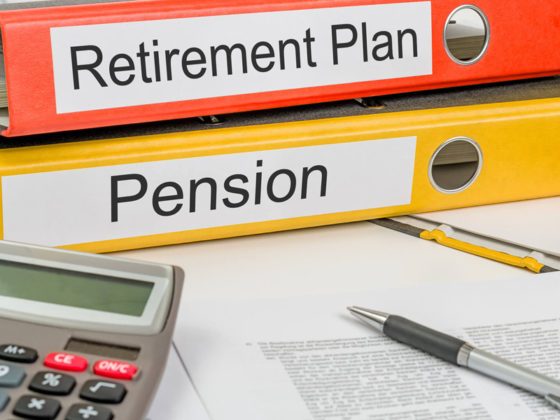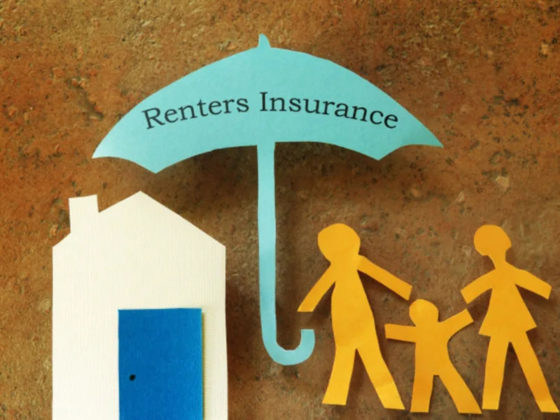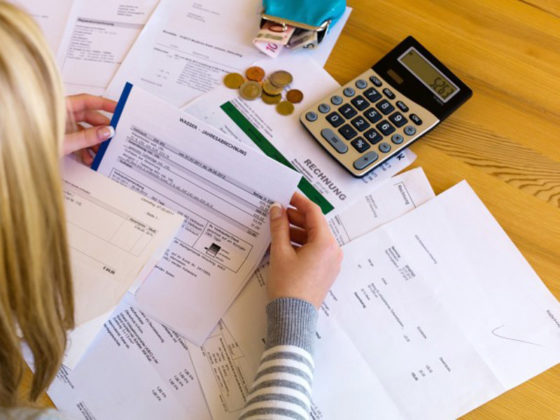No matter what instruments you are trading, it could be stocks, bonds, commodities, currencies or derivatives; everyone wants to better themselves when it comes to trading. So how can you trade better and improve your trading skills? The key is to develop your own system or model that fits your trading style. Below shows a model that helps you to trade better and have a deeper relationship with the market.
D – Direction
E – Entry
E – Exit
P – Position
Direction:
Before you put on a trade; the most important thing to determine is the direction of entry. This could be the result of your analysis of the market, be it technical analysis or fundamental analysis. You must always know why you decide to put on a trade, the more you understand why you enter the market; the more consistent you will be in trading.
Entry:
After you decide which direction to enter, be it long or short, the next thing you need to determine is when you are going to put on that trade. Do you enter the market immediately or only after a retracement? There are pros and cons to each method of entry and you need to strike a balance and understand your style of trading in order time your entry consistently.
Exit:
There are 2 main reasons to exit the market, first is to take profit and the other is to cut lost. The trick to exit strategy is that you must determine it before you enter the market! Yes, only when you determine the exit strategy before you enter the market, could you eliminate the negative emotions that accompany that particular trade.
Position:
Position sizing is arguably the most important part of the model. Believe it or not, this is what separates the professional from novice traders. After knowing why and when to enter the market and how to exit the market, you still need to size the position of your trades to ensure it maximizes the profits while taking care of the potential risk. As the position size increases, the fear factor also exponentially increases! This is when most traders go out of control. One effective way to curb this fear is to trade within your allowable limits; if you can lose $1000, then make sure you don’t lose more than that!
The next time you put on a trade, approach the market using the DEEP Model and hope that this model helps you improve as a trader, prepare you on how to trade better and deepen your relationship with the market.





